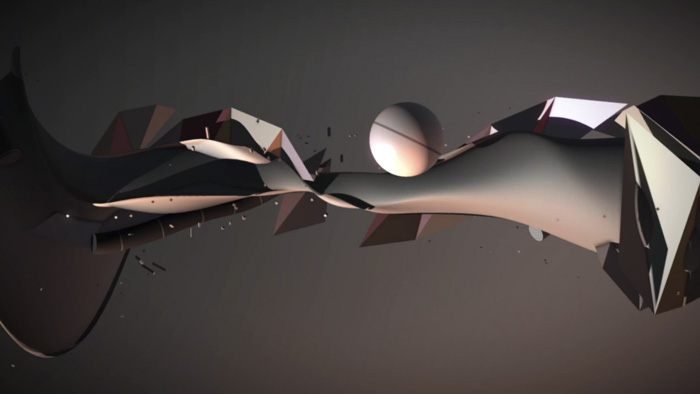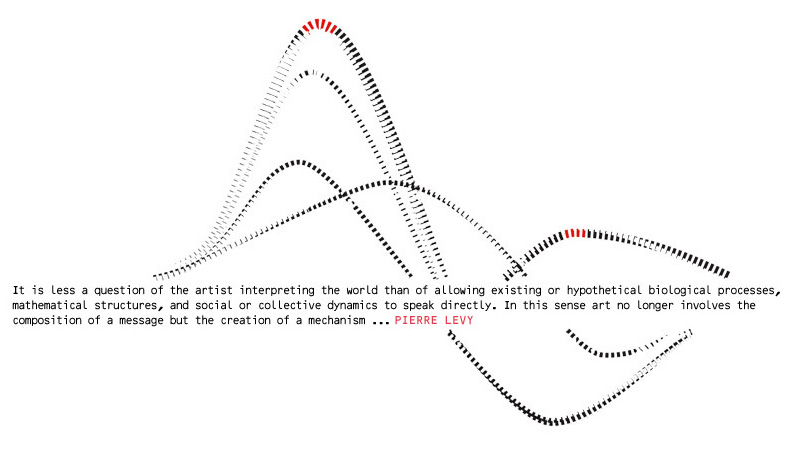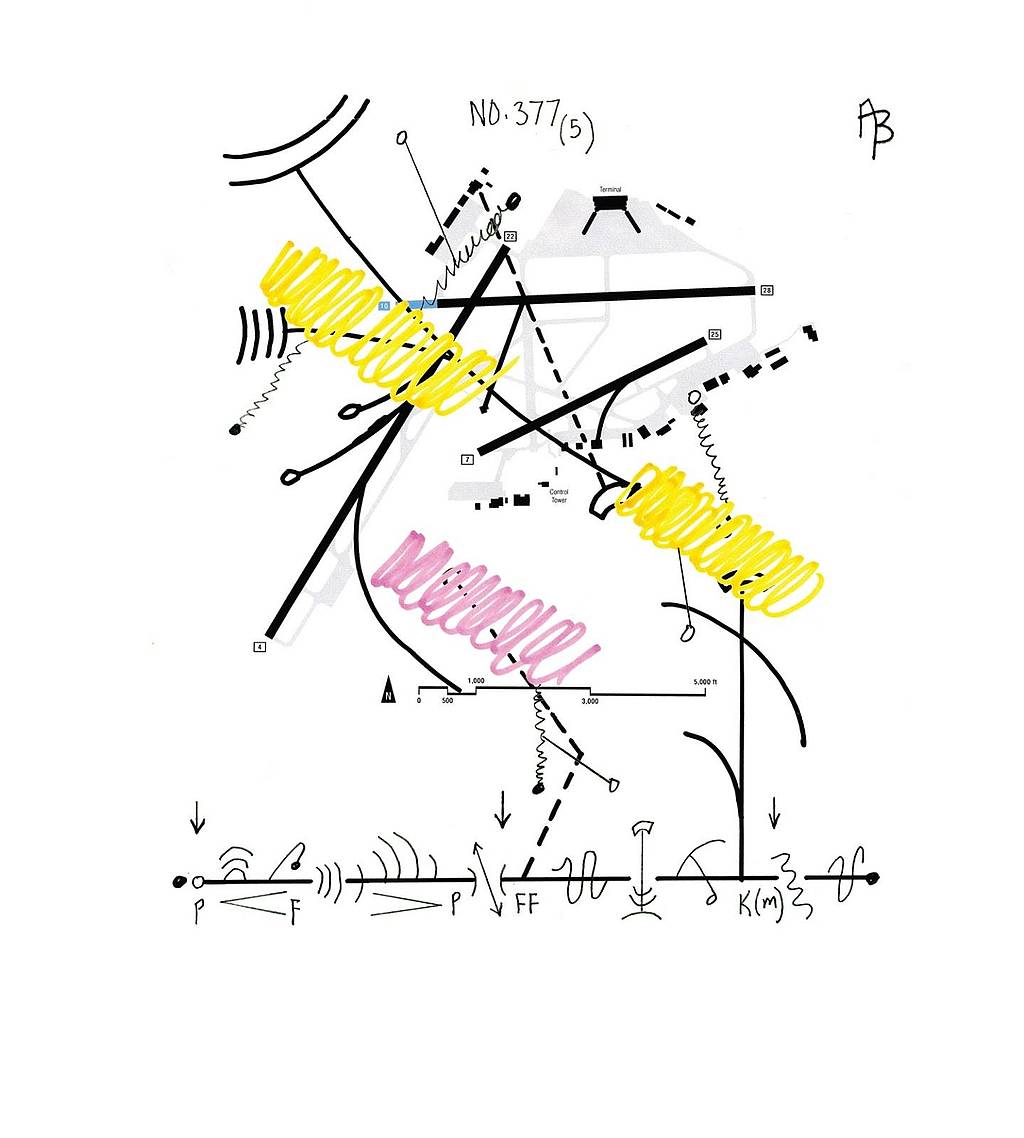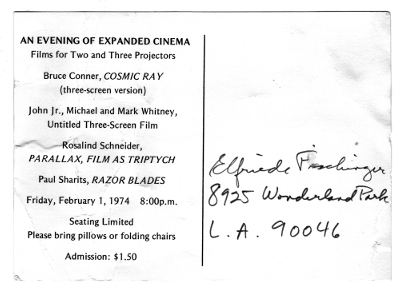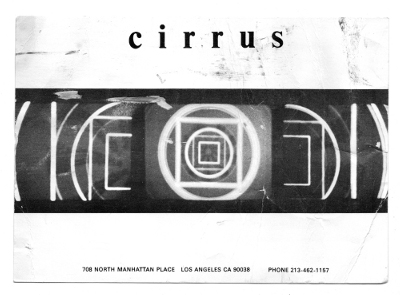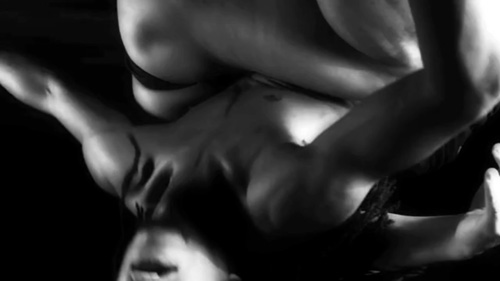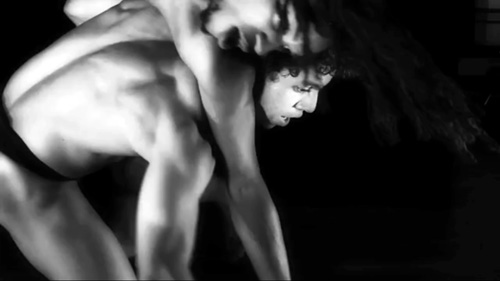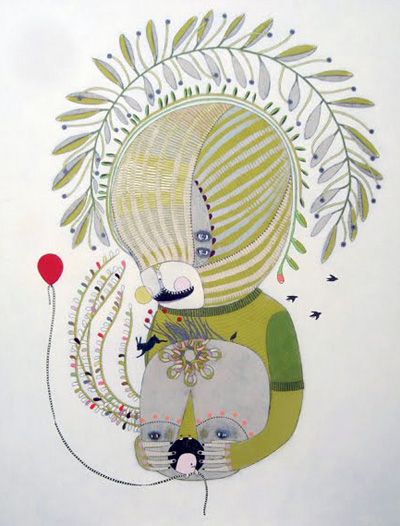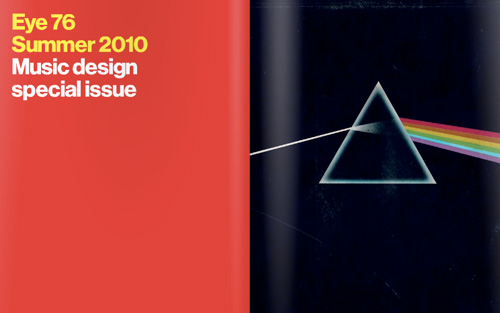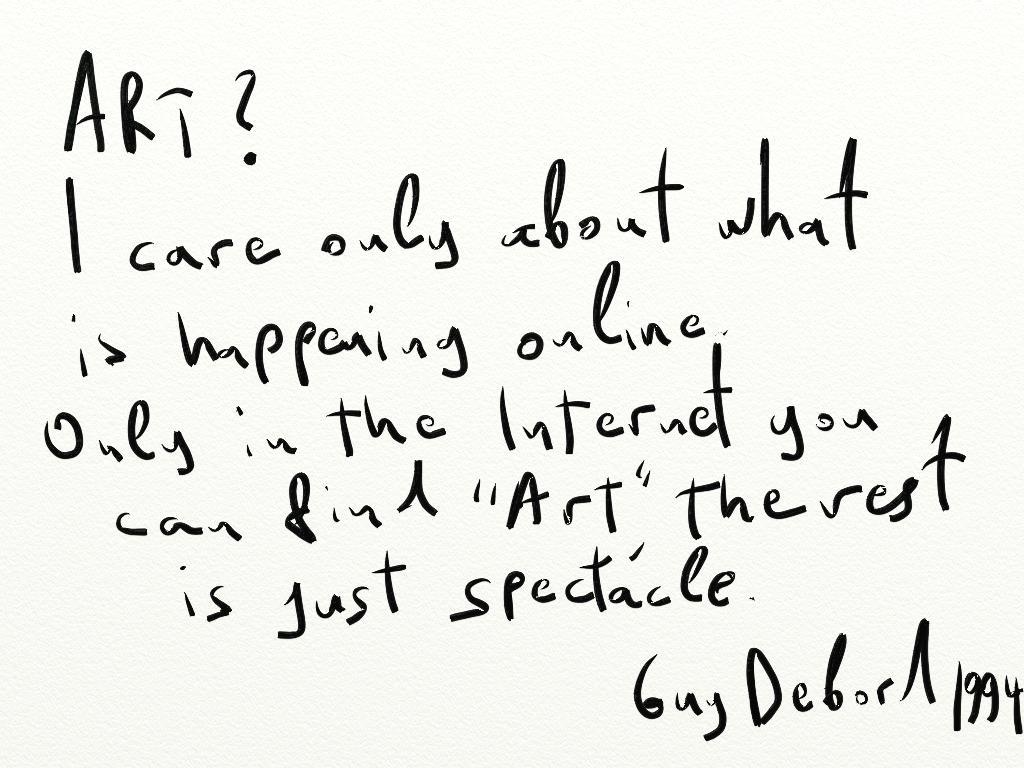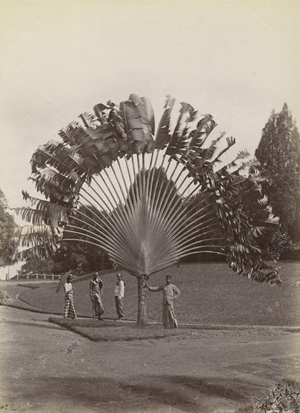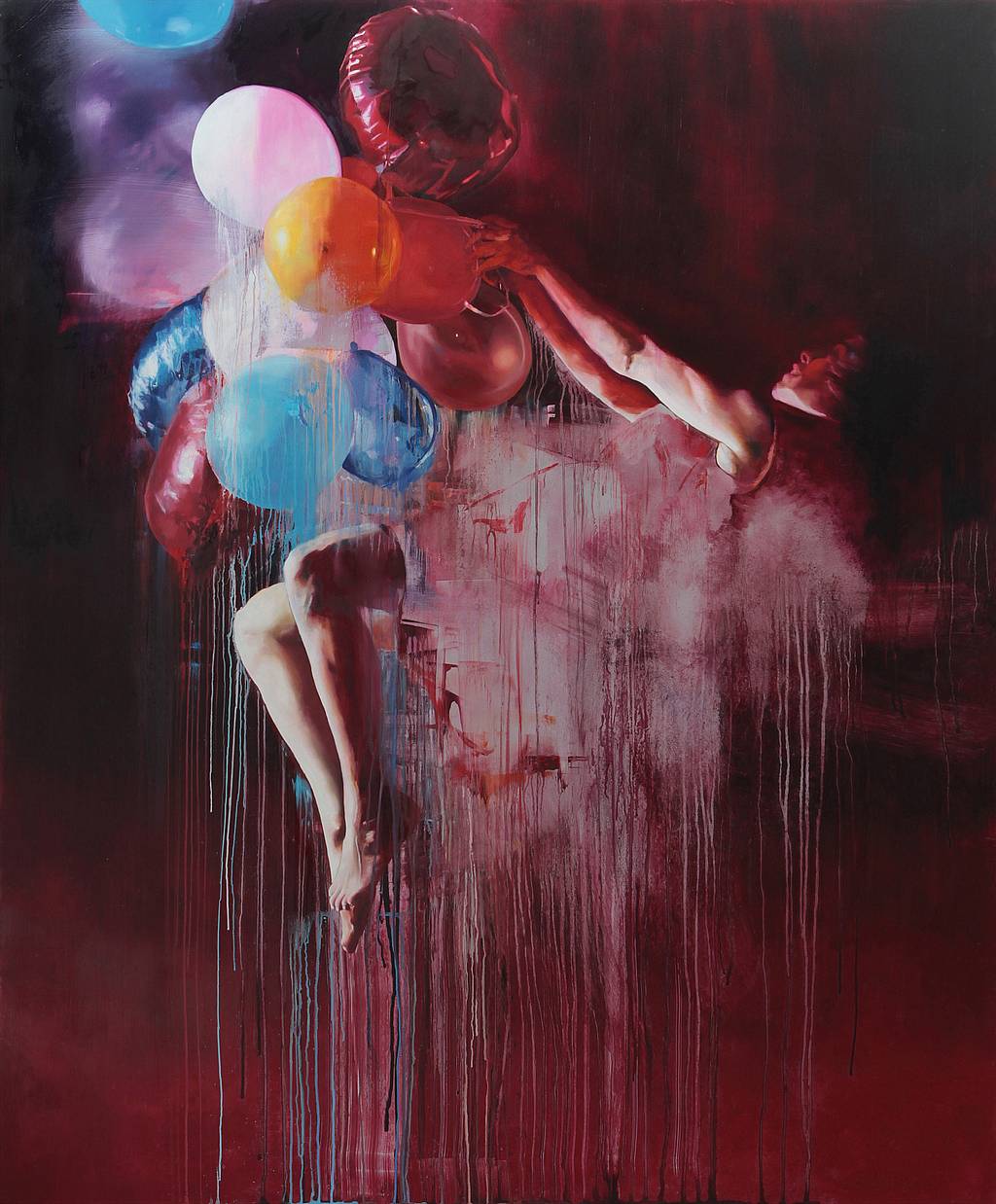Realtime sound visualisation made with "Partitura"
by Abstract Birds and Quayola, sound by Telefon Tel Aviv
Via Vimeo: "Partitura is a custom software to generate realtime graphics aimed at visualising sound. The term Partitura (score) implies a connection with music, and this metaphor is the main focus of the project. Partitura aims to create a new system for translating sound into visual forms. Inspired by the studies of artists such as Kandinsky, Paul Klee, Oskar Fischinger and Norman McLaren, the images generated by Partitura are based on a precise and coherent system of relationships between various types of geometries. The main characteristic of this system is its horizontal linear structure, like that of a musical score. It is along this linear environment that the different classes of abstract elements are created and evolve over time according to the sound. Partitura creates endless ever-evolving abstract landscapes that can respond to musical structures, audio analysis and manual gestural inputs. It is an instrument that visualises sound with both the freedom of spontaneous personal interpretation/improvisation and at the same time maintaining the automations and triggers of mathematical precision."
Thanks to Christian Sander and Tobias Gallé!
